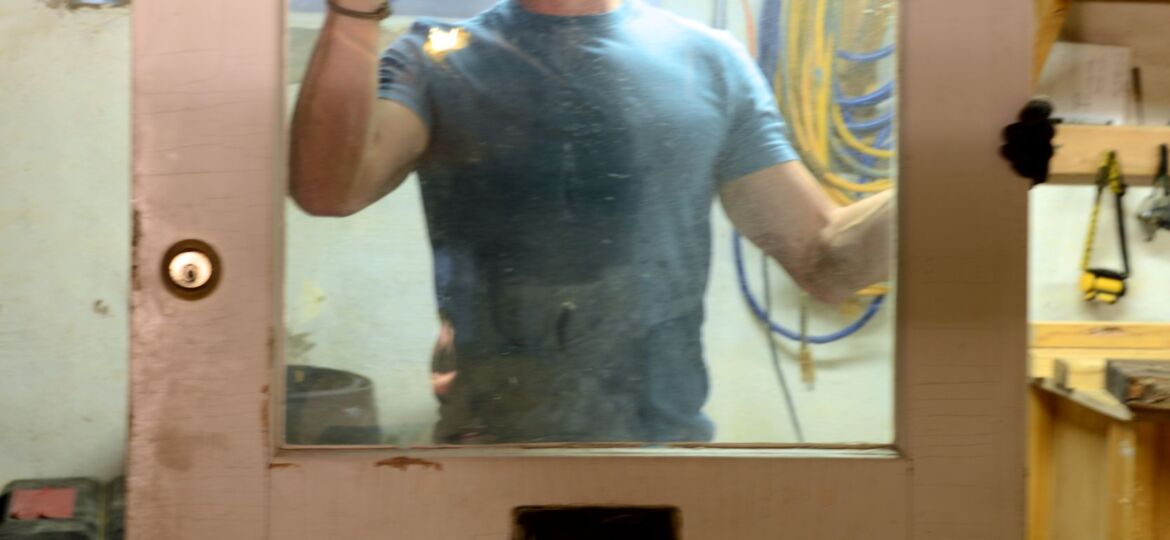
Is workshop organization kind of a part time job for you?
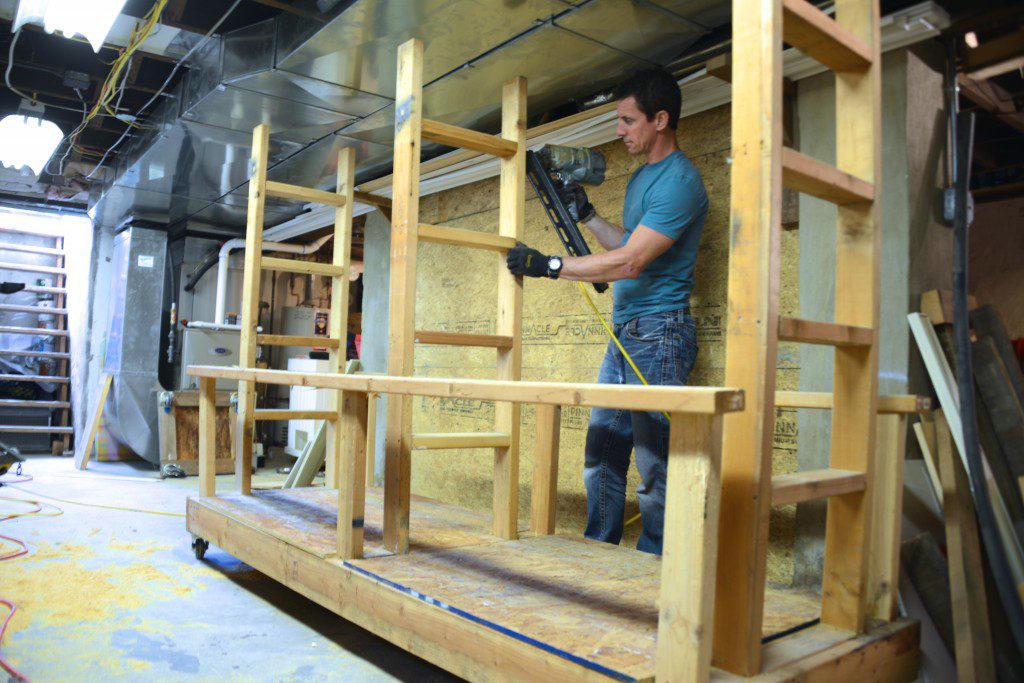
Seems like it is for me.
The fewer places I have to store things, the slower things go. Except screw-ups and frustration. Those things speed up.
Whether it’s for the project d’jour or the ‘I know I’m gonna need this’ repair, all the materials clogging up my life need a place to live. So I designed this materials cart to help me maintain my waning sanity. It works well in small and large shops. Essentially a ladder on wheels, you can slam it together in a weekend—a day even—and add custom details to match how you move.
From that vintage door project, to new trim, to those extra pieces of flooring, and the rainy day hunk of drywall, this workshop organization makes a place for it all.
And it’s both cheap and shop-proof: Two-by stock, some rolling casters and fasteners are all it takes.
-Base. I used 2×6 and made it 8-feet long x 3-feet wide. Four-inch rolling/locking casters on each corner mean you’ve got mobility when you want it. Use good casters.
-Frame. The frame is made up of three blocking assemblies built to accept the ‘ladders’ which are 18-inches wide (photo below…I won’t leave you hanging). Build the assemblies so the ladder can slot into the gaps. Leave a little wiggle room or pre-fit your ladder into the assembly. 2x4s are far from perfect and won’t fit if you measure too tight.
-Ladders. Slam the ladders together. 15-inch wide rungs works well to accept -by 12 material and other stuff. I spaced them 12-inches apart.
Slot the ladder rails into the blocking gaps and fasten. Use glue (construction adhesive) and fasteners to hold this in place for the long haul.
-Side rails. I screwed the side rail assemblies to the inside of the base and made them 30-inches above the base surface. The base is skinned with 1/2-inch OSB. The notching here is a little less fun that I like, but it works, and further locks everything together. You could use 2-by if you wanted as well.
Customize. Once you’ve loaded all the stuff leaned in corners and piled on tables and sawhorses in your shop on to the materials cart, it takes almost zero effort to customize this workshop organization center. Drill and impact drivers almost always have a driver bit on them, so I drill a 1/2-inch holes in the side rail tops about 12-inches apart. Plenty of room to slot a drill in there so it is always ready to work.
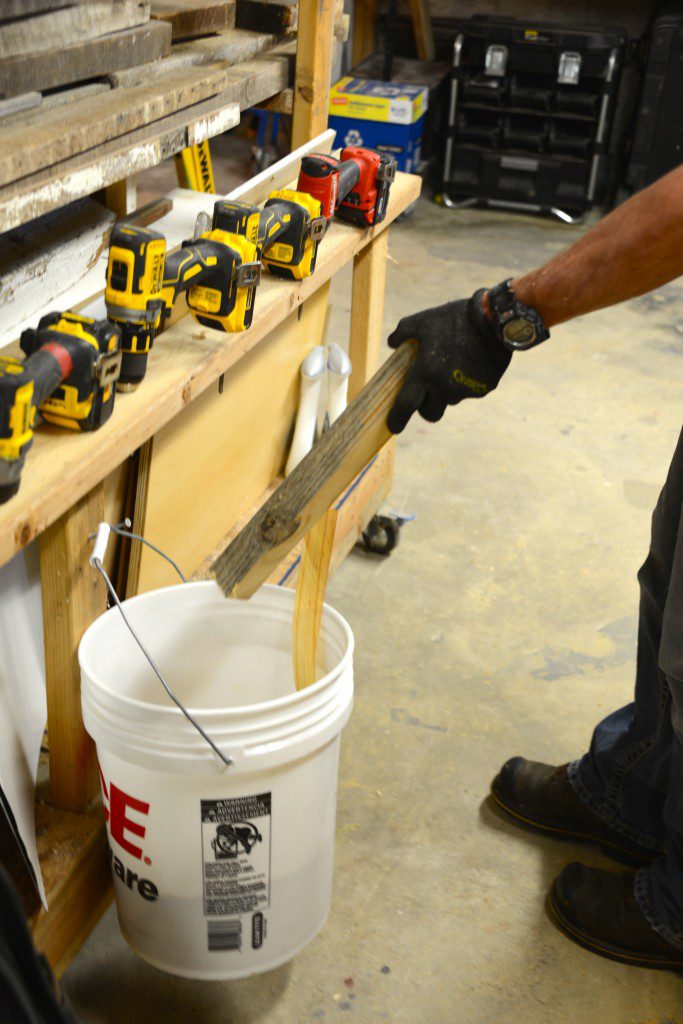
Same idea for the recip saw. Simply plunge cut a slot and store the saw vertically. If you don’t use it often (and who does?) leave it on the back side of the unit.
Structural screws carry larger items, everything from tool bags to demo bars. For heavy hand-carry tool bags, I drill a 3/8-inch hole half way through the side rail horizontally, then sink a 6-inch screw the rest of the way. There’s just enough left proud to catch a tool bag handle.
And maybe my favorite—a deck screw and a 5-gallon bucket. Hook the bucket on the screw and you’ve got the built-in-est trash can ever. No need to be tripping over blocks and litter on the floor. My miter saw workstation is across from this, so all the little blocks and cut-offs that can easily clog up a workbench get tossed right into the bucket. Oh, yeah, my inner anal retentiveness is happy.
Workshop organization: 1. Chaos: 0
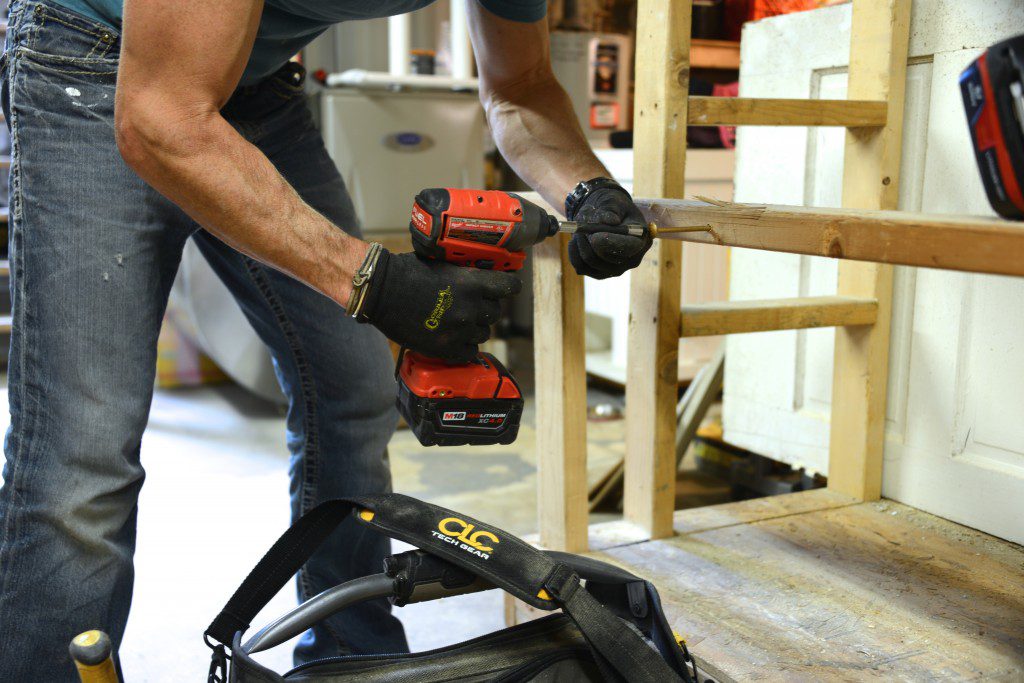
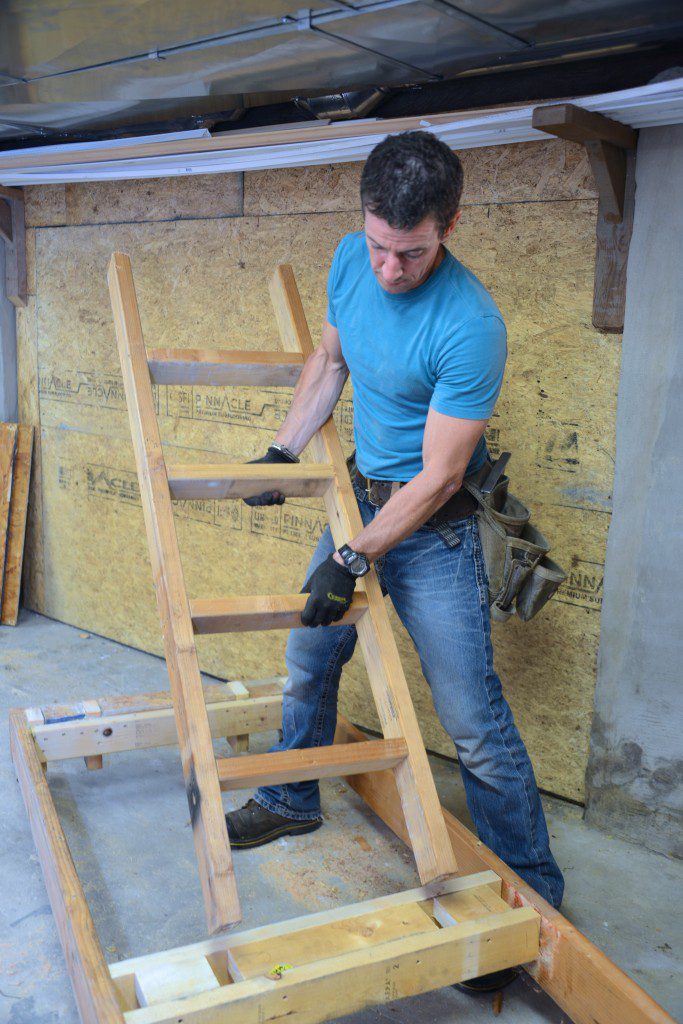
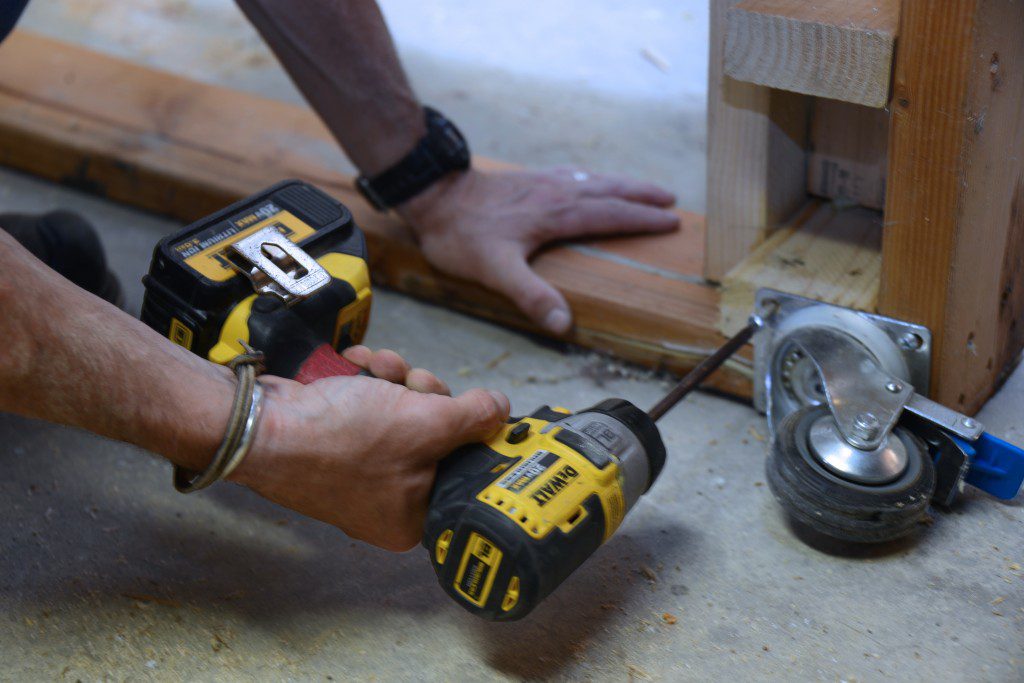


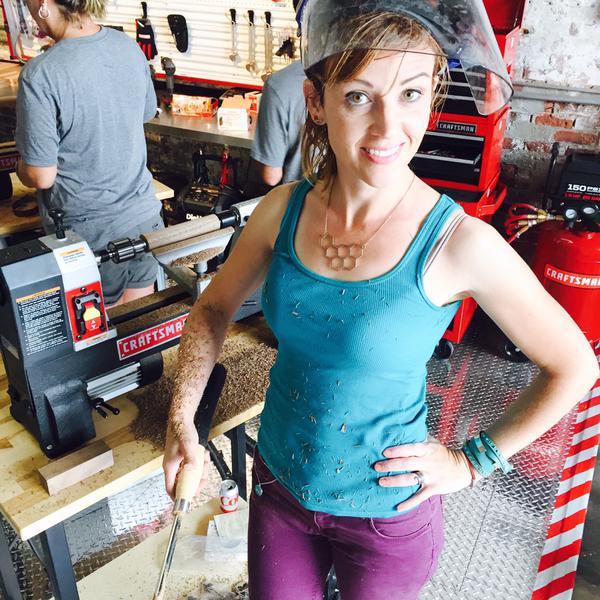
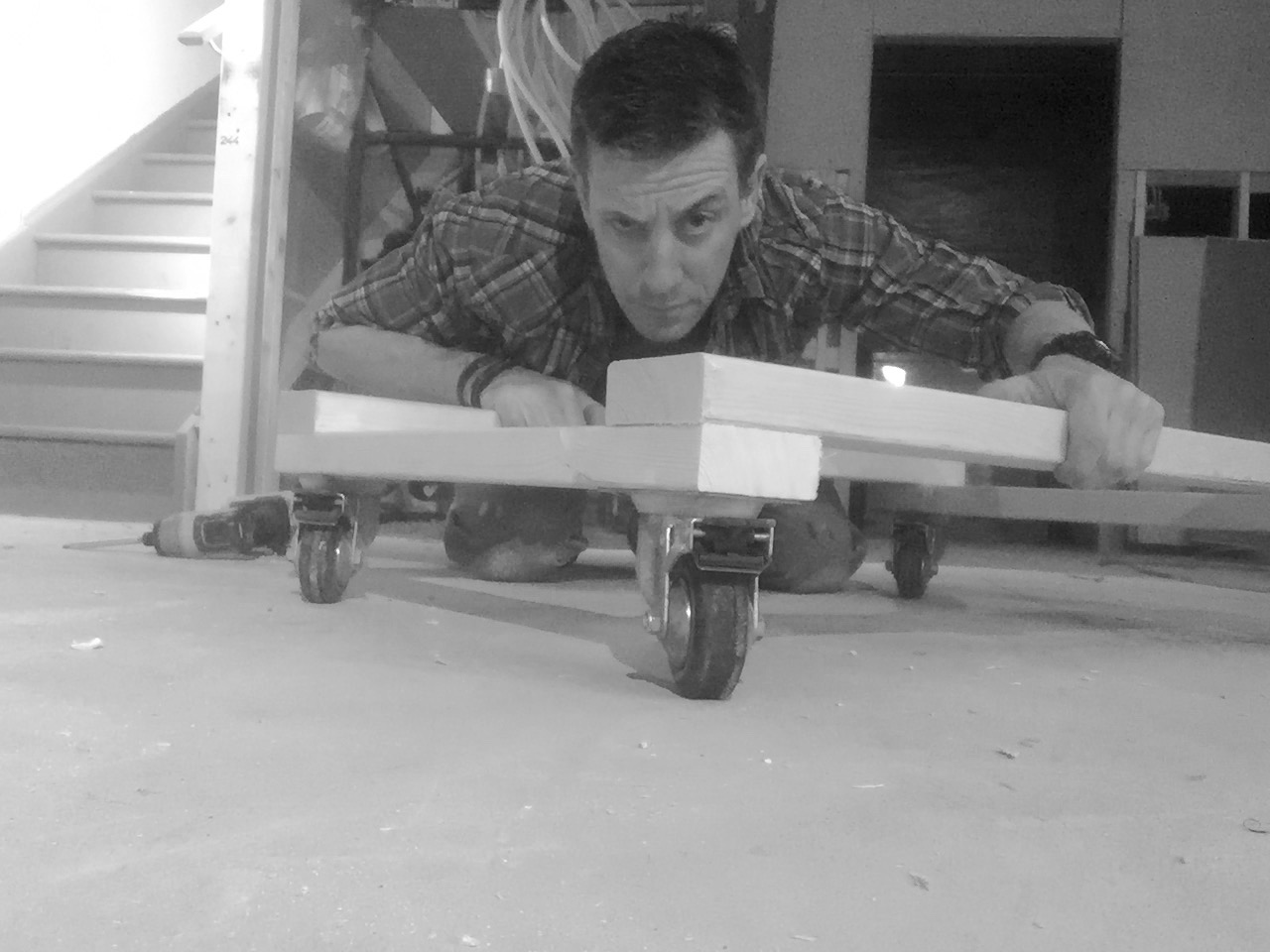
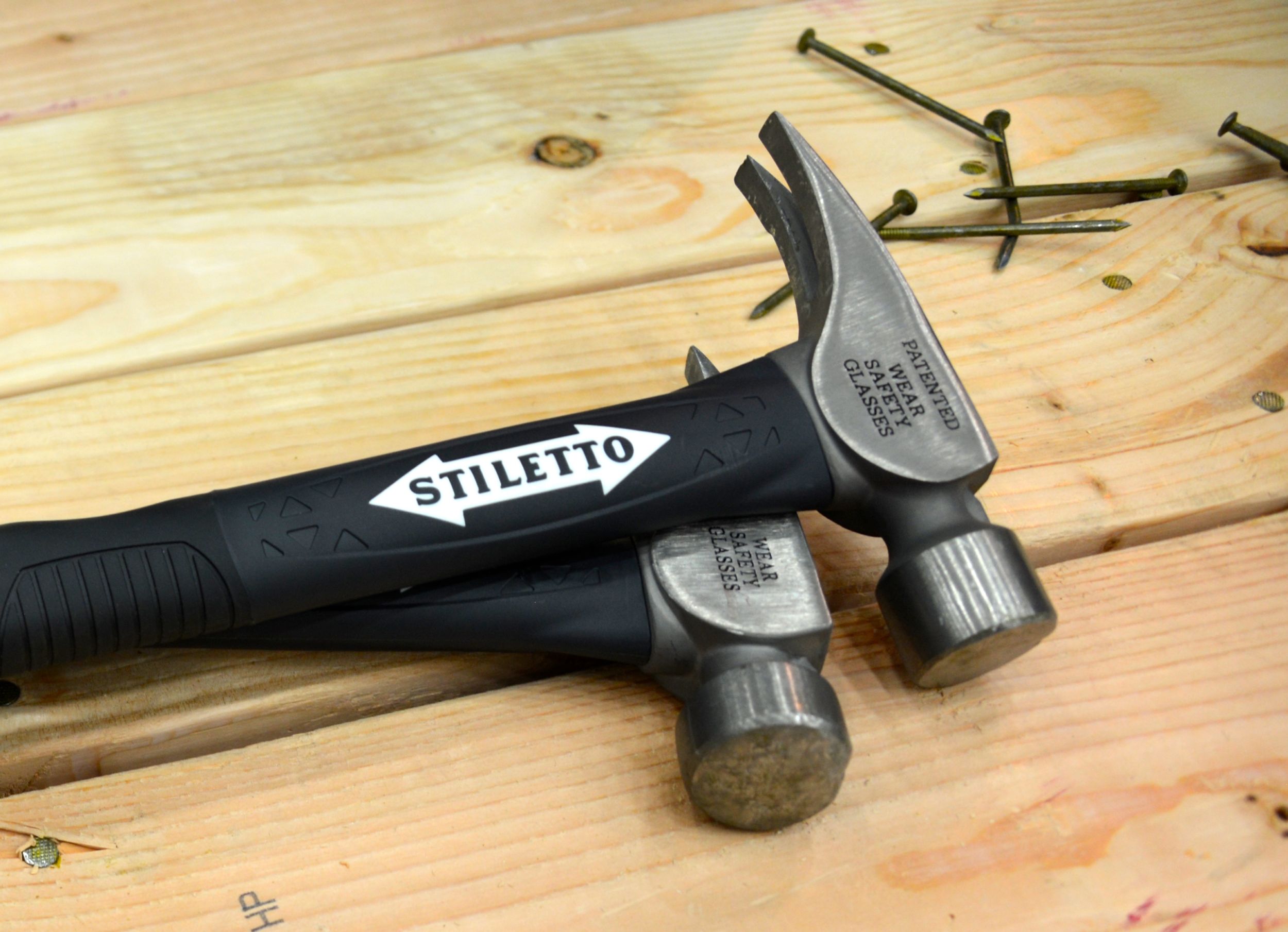


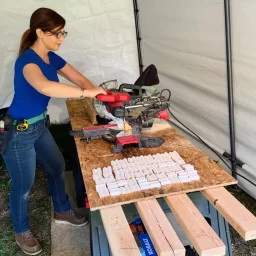

[…] backbone of my electronics organizer (find other organization tips here) is a punched 1×1 square steel tube. Its purpose is to support the shelf and to be a chase or […]
[…] to the porch. Long story short, I made an L out of two pallet boards and some 2-inch washer-head Spax screws. I used those because I knew threads would cut into the pallet wood well and the flat heads […]